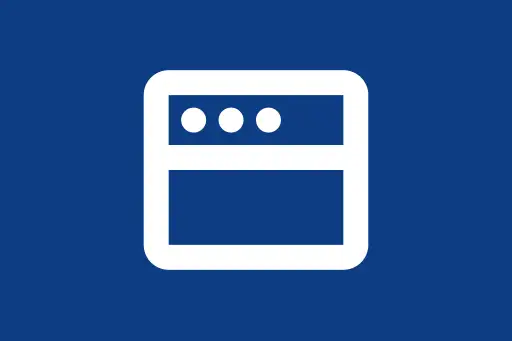Loops in JavaScript
for, while, do-while, for...of, and for...in
Understanding Loops in JavaScript
In programming, we often need to repeat a set of instructions until a condition is met. Loops help us do just that — efficiently and elegantly. JavaScript provides several types of loops, each suitable for specific use cases.
Why Use Loops?
Imagine printing a message 100 times or processing each item in a list. Writing repetitive lines of code would be inefficient and error-prone. Loops let you:
- Run the same code multiple times
- Iterate over arrays or objects
- Automate tasks in your logic flow
The for Loop
The most common loop in JavaScript. Ideal when you know how many times to repeat the code.
for (let i = 1; i <= 5; i++) {
console.log("Count:", i);
}
Count: 1
Count: 2
Count: 3
Count: 4
Count: 5How it Works
i = 1 is the initializer. i <= 5 is the condition. If true, the loop runs. After each iteration, i++ increments i by 1. The loop stops when the condition is false.
The while Loop
Used when you don't know how many times to repeat — the condition is checked before the loop body runs.
let count = 1;
while (count <= 3) {
console.log("While Loop Run:", count);
count++;
}
While Loop Run: 1
While Loop Run: 2
While Loop Run: 3The do...while Loop
This loop guarantees at least one execution, as the condition is checked after the loop body.
let x = 5;
do {
console.log("Do-While Value:", x);
x--;
} while (x > 3);
Do-While Value: 5
Do-While Value: 4The for...of Loop
Perfect for looping over array values or iterable objects.
const colors = ["red", "green", "blue"];
for (const color of colors) {
console.log("Color:", color);
}
Color: red
Color: green
Color: blueThe for...in Loop
Used to iterate over the enumerable properties of an object (like keys).
const user = { name: "Alex", age: 30, city: "Berlin" };
for (const key in user) {
console.log(key + ":", user[key]);
}
name: Alex
age: 30
city: BerlinLoop Control Statements
Break
Exits the loop immediately.
for (let i = 0; i < 10; i++) {
if (i === 4) break;
console.log("Break Example:", i);
}
Break Example: 0
Break Example: 1
Break Example: 2
Break Example: 3
Continue
Skips to the next iteration.
for (let i = 1; i <= 5; i++) {
if (i === 3) continue;
console.log("Continue Example:", i);
}
Continue Example: 1
Continue Example: 2
Continue Example: 4
Continue Example: 5Nested Loops
Loops inside loops are useful for multi-dimensional arrays or grid-like structures.
for (let i = 1; i <= 2; i++) {
for (let j = 1; j <= 3; j++) {
console.log(`i=${i}, j=${j}`);
}
}
i=1, j=1
i=1, j=2
i=1, j=3
i=2, j=1
i=2, j=2
i=2, j=3Real-World Example: Summing Numbers in an Array
const nums = [10, 20, 30, 40];
let sum = 0;
for (let num of nums) {
sum += num;
}
console.log("Total Sum:", sum);
Total Sum: 100When to Use Which Loop?
for– when the number of iterations is known.while– when the condition controls the flow.do...while– when you must run the loop at least once.for...of– for arrays and iterables.for...in– for object properties.
Common Mistakes and Tips
- Forgetting to update the loop counter — this can lead to infinite loops.
- Confusing
for...ofwithfor...in— they serve different purposes. - Use
breakandcontinuewisely for better control and performance.











Comments
Loading comments...